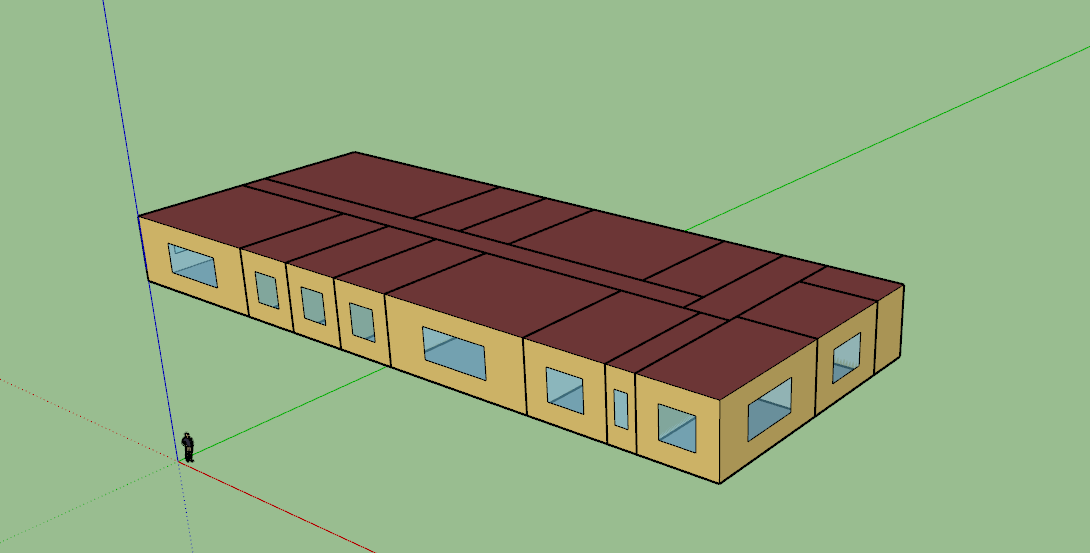Hello,
I have modeled the middle floor of an office building, I hope to get the consumption of the entire building of 5 floors by using zone multiplier. The floor I modeled has adiabatic boundary conditions for the roof and floor. The installations included is an airloop, central heating and cooling coil, reheat coils and baseboards for each zone. When modeling just 1 floor, I get following results:

When using Zone Multiplier 5 for all zones:

And this is my geometry:

Anyone more knowledge around why these results of heating and cooling consumption assume such different proportions when using zone multiplier? Thanks in advance!






